
Will France remain a nuclear energy leader?
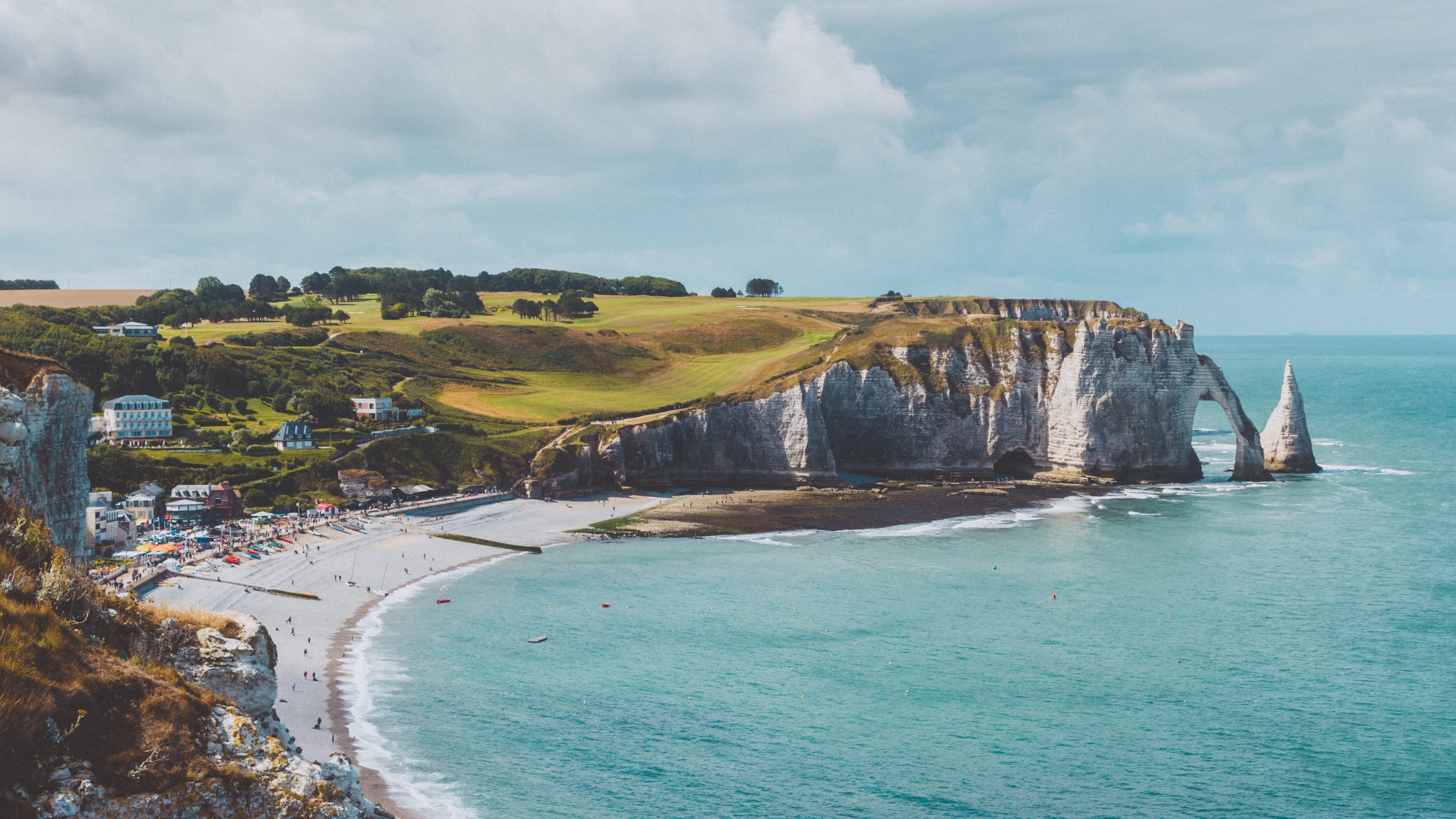
Most recent
France is the nuclear energy behemoth. But will rising concerns over the aging reactor fleet spell the end of France’s dominance in the field?
In 2022, France generated 62 percent of its electricity through nuclear power, more than any other country in the world. Whilst the power output pales in comparison to the United States, France is the leader when it comes to down to integrating nuclear power into its energy mix. Despite its top position in nuclear energy, the industry has been part of a political tug of war between a renewable ramp-up and growing geopolitical tensions.
Building nuclear energy in France
In 1963, France opened its first commercial reactor, the Chinon A-1. The boom for nuclear energy started during the 1970s, when the world was put on an oil diet due the oil embargo. This resulted in the Électricité de France (EDF), pushing for an alternative, reliable energy source, which at the time, was nuclear. This was before the Chernobyl nuclear disaster. While the economics for nuclear, even back then, weren’t anything to write home about, they made sense during a period when oil prices skyrocketed out of control.
The French government set out an ambitious plan to ramp up nuclear capacity. Over the course of the 1970s, output from nuclear facilities made enormous leaps. In 1975, before the oil embargo, nuclear power capacity sat at 2,930 MWe. This number grew to 14,388 MWe by 1980. The glory days of nuclear power in France have experienced some rough patches. In 1984, The French Government cut back funding for its nuclear power program, which had ballooned to one of the most ambitious programs in the world, The New York Times wrote. Reason for scaling down nuclear, was less demand for the energy source than policymakers had initially anticipated, leaving only a new reactor project for 1985 and 1986. A far cry from the previous program during the 1970s, where five to six reactors were being built each year.
The ambitious nuclear energy programs that enabled France to come out of the oil embargo stronger than ever, are now seen as too much of a financial burden. Setting course at the same pace, might leave the country with a surplus of nuclear energy once it enters the 1990s. It might make economic sense if it’s able to sell the energy to international buyers, but there is no guarantee it will pan out like this.
Scaling down nuclear in France
In 2014, the French government announced it would scale down the share of nuclear energy in its energy mix down to 50 percent by 2025. The push came after France’s president Francois Hollande announced he wanted to decrease nuclear power after the Fukushima disaster sparked fear into governments around the world. If the country would follow through with its ambitious plan to reshape its energy, it would mean 20 of the 58 reactors throughout France would be decommissioned over a period of 20 years.
The BBC notes that while the Fukushima disaster has led to power disruptions, economically the effects were limited, as Japan generated a modest 30 percent of its electricity demand through nuclear reactors. This is the complete opposite for France, who has been generating a large chunk of its energy through nuclear.
However, little signs showed that policymakers were in a rush to shut down reactors and replace them with renewable energy sources, with only Fessenheim, the country’s oldest reactor, designated for decommissioning. Nuclear will play a role, as France has phased out coal, with oil and gas only playing a minor role in its energy mix. Without nuclear, and renewables to fall back on, a gap in energy generation will occur.
Shutting down electricity will also result in energy prices increasing, Professor Patrice Geoffron at Paris Dauphine University told the BBC. Geoffron explained, “All the drivers of the electricity price will go up in the future. If you hear what is said by the regulator of energy we will be obliged to increase the price by 30% by 2020.” However, it must be said that this was the case back in 2014, where renewable energy had yet to take and wasn’t nearly as competitively priced as it is today. The phase-out target was delayed and eventually abandoned by 2023.
An aging nuclear fleet
The reliance on nuclear energy isn’t without its challenges. The French government has to deal with an aging nuclear fleet and ensure energy security among rising geopolitical tensions. In 2012, Reuters spoke to the new head of the EDF, Pierre-Franck Chevet, about how the organization will guarantee safety of the country’s aging nuclear reactors with half its staff set to retire in the coming five years. Reuters notes that 50 reactors will be over 40 years old in the coming years, with France looking to scale down nuclear power within its energy mix.
Chevet explained that most of the nuclear reactors have been constructed between the 1960s and 80s, highlighting that the plants will have reached 30 years of age. The question remains whether France can continue using these plants. Chevet commented, “Can we go over 40 years? We have no answer on that yet. We are expecting a full report from EDF which will bring us to take a decision in 2015.” The discussion over how long nuclear reactors should remain operational has become relevant after Japan’s accelerated decommissioning of its nuclear fleet after the Fukushima disaster and fears sparked by an incident closer to home.
In July 2011, an explosion at the Tricastin nuclear plant in Drôme sent fears through local communities. The incident came only two days after authorities had found 32 safety hazards. While no radiation leaks had been detected and no injuries or casualties were reported, the Tricastin reactor became the embodiment of the deteriorating state of France’s nuclear reactor fleet. The Guardian highlighted a report released in 2007 revealed safety concerns and the recommended actions that needed to be taken to ensure secure operations at this particular plant. The EDF, who operates the plant, had failed to do so, as security concerns kept recurring.
Shutdown of its nuclear reactions have been given priority under Francois Hollande, who wants to shut down the oldest nuclear facility, Fessenheim, in 2016. While a definitive closure is yet to be decided, it showed how adamant the French government was to close down its reactors. On top of the aging facilities, many of the workers active in the industry are set to retire. Workers who have constructed and operated these plants over the course of many decades, Chevet explained to Reuters. The Fessenheim plant eventually got closed four years later than initially planned, finally being decommissioned in 2020, after opening its doors in 1977.
In November 2016, the former head of the EDF, Gérard Magnin, warned that the nuclear industry in France has reached the worst state to date. Magnin’s remarks follow the ever growing complexity with the construction of Hinkley Point C. Magnin was a board member at EDF, warning The Guardian of the poor state of the nuclear energy sector in France.
The former member of the EDF said that the United Kingdom and France should ramp-up renewable power adoption, while the costs are still decreasing, allowing communities and individuals to operate their own clean energy sources. The words of Magnin seem contradictory, The Guardian highlights, as in an opinion piece, he highlighted that nuclear was competitively priced compared to fossil fuels, even when France will support the construction of the extremely costly reactors at Hinkley Point.
In February 2017, a few months after the announcement that Fessenheim would be decommissioned, another nuclear plant experienced a security incident. In the Flamanville plant, an explosion resulted in a fire, with several employees being treated for smoke inhalation. As with the Tricastan plant, no radiation had leaked and the fire was quickly under control. However, it was yet another accident that sparked the nuclear debate in the country. The incident also raised concerns related to the Hinkley Point reactor, The Independent commented, as the EDF, who operated the Flamanville plant, was the main contractor for the UK reactor.
Energy insecurity in France
In October 2022, France faced itself unprepared for the upcoming winter amidst gas shortages caused by Russia-Ukraine conflict, which cut out a major source of energy. The aging nuclear power stations, which had to be shut down due to maintenance, technical issues or corrosion due extreme summer temperatures, severely hampered the nation’s ability to generate a steady supply of nuclear energy.
Head of economics and next generation research at Swiss private banking corporation Julius Baer, Norbert Ruecker, explained to CNBC, “I find the France nuclear relationship really interesting because it just bluntly shows you all of the pros and cons of nuclear.” Adding that while the energy source might be low on carbon emissions, it’s not economically viable. In order to ensure it remains competitive, the EDF needs to be nationalized.
In December 2022, Euractive spoke with founder and director-general of solar company Reservoir Sun, Mathieu Cambet, who warned that a push toward renewable energy sources, shouldn’t spell the end for nuclear energy. The growing role of renewables in the country’s energy mix is undeniable, but Cambet comments that nuclear energy will have to at least supply 50 percent of electricity up to 2050.
In March 2023, in the aftermath of the supply shock caused by the gas shortages, French policymakers announced they would investigate a new bill proposed by president Emmanuel Macron to ramp up nuclear energy production through the construction of new reactors. The bill would allow the construction of six new French-designed EPR2 reactors, with an expected delivery by 2035. If deemed necessary, another eight reactors can be added. Through the bill hurdles in the administrative and bureaucratic process would be decreased, allowing for a faster roll-out to meet carbon neutrality targets and safeguard energy interdependence for the country.
The ambitious plans set out by the French government have garnered criticism, especially related to its aging nuclear reactors, a problem brought forward by CNBC just a few months earlier. The Agence de sûreté nucléaire (ASN) only recently reported corrosion cracks at a nuclear facility, France24 highlighted. By disregarding existing problems, focusing only on ramping up nuclear power by adding new reactors, the country faces major security risks.
The latest incident isn’t a standalone occurrence. World Nuclear highlights several incidents over recent years. In December 2021, routine maintenance checks found corrosion related cracks in the primary circuit near the safety injection system at the Civaux 1 facility. Inspections revealed more corrosion related defects, resulting in an extended shut down ordered by the EDF. The following month, defects kept being discovered during maintenance checks, this time in Civaux 2 and Chooz B2.
Nuclear energy ambitions
The nuclear energy industry in France has seen rapid growth since the 1970s, during the global oil embargo that led to energy prices spiraling out of control. The French government made enormous efforts to decrease its reliance on foreign energy imports, adding dozens of nuclear facilities over the course of several decades. This has made the country the undisputed nuclear energy king. But this glorious status casts a dark shadow across the political landscape.
In recent years, policymakers have tried to either ramp-up, extend, or shut down nuclear operations, leaving a messy policy that either accelerated the ramp up of nuclear energy or tried to shut it down as soon as possible. The transition to renewables is difficult, as an immediate shut down of nuclear energy will leave a significant gap in electricity generation.
Further reading
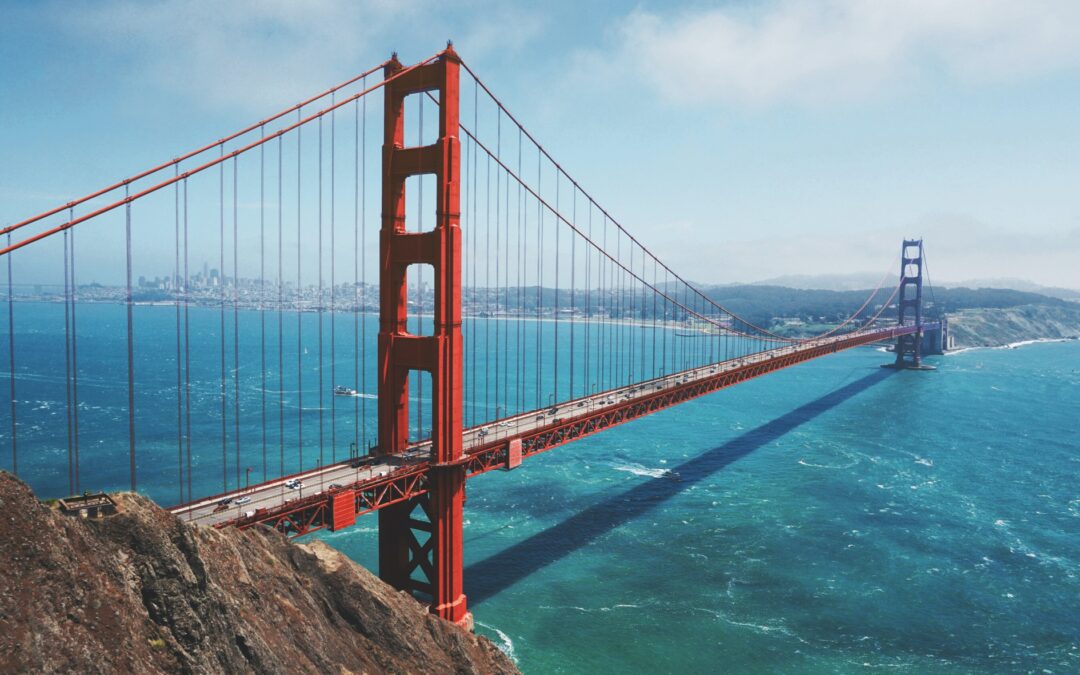
The US nuclear energy Renaissance
Nuclear energy has remained controversial across the United States for decades. But renewed funding might turn it...

Will Australia embrace nuclear power?
Australia has one nuclear power plant to date. After its decades-long tumultuous relationship with nuclear, is the...
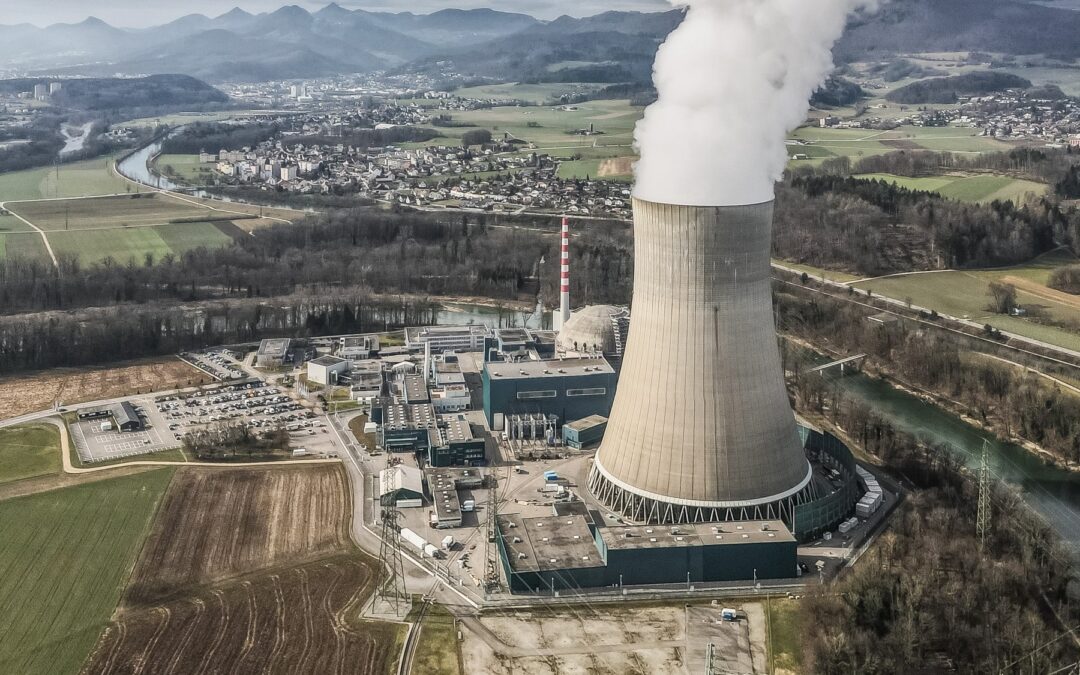
The risky business of nuclear waste storage
The exponentially growing costs of nuclear waste storage are turning nuclear energy into a risky business. Is it time...
Most recent

How Myanmar lost 30% of its forest in 30 years
Myanmar is seeing deforestation rates increase rapidly. In the last three decades, the country already lost 30 percent...
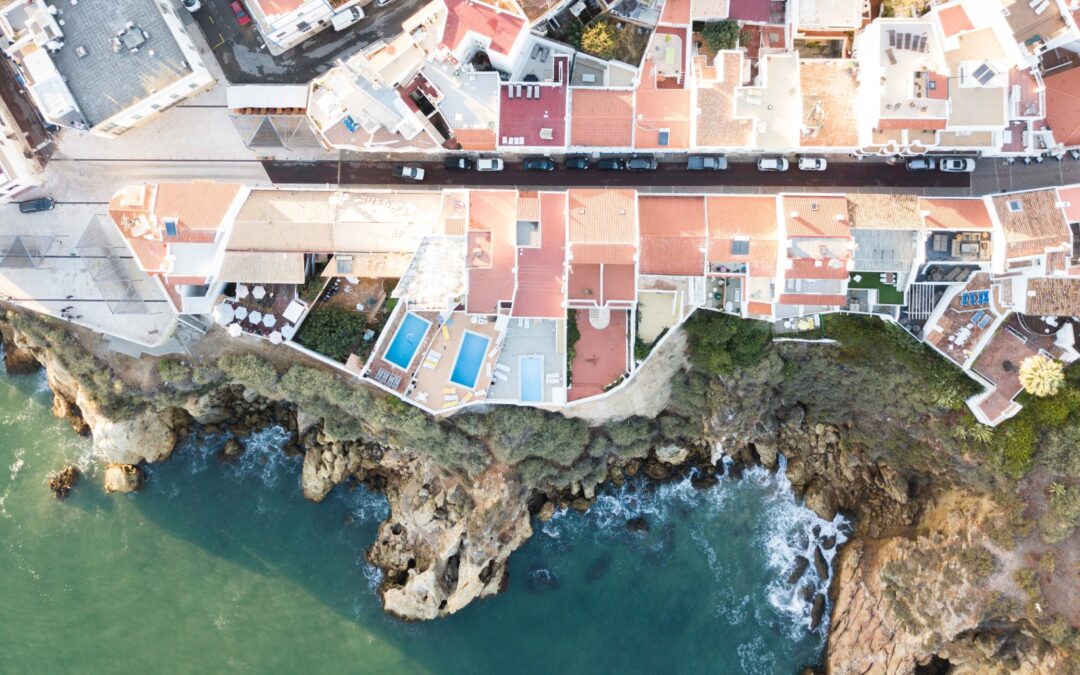
Portugal’s struggle to part with fossil fuels
Portugal is heavily reliant on fossil fuels and its love affair with the fossil fuel industry makes transitioning to...
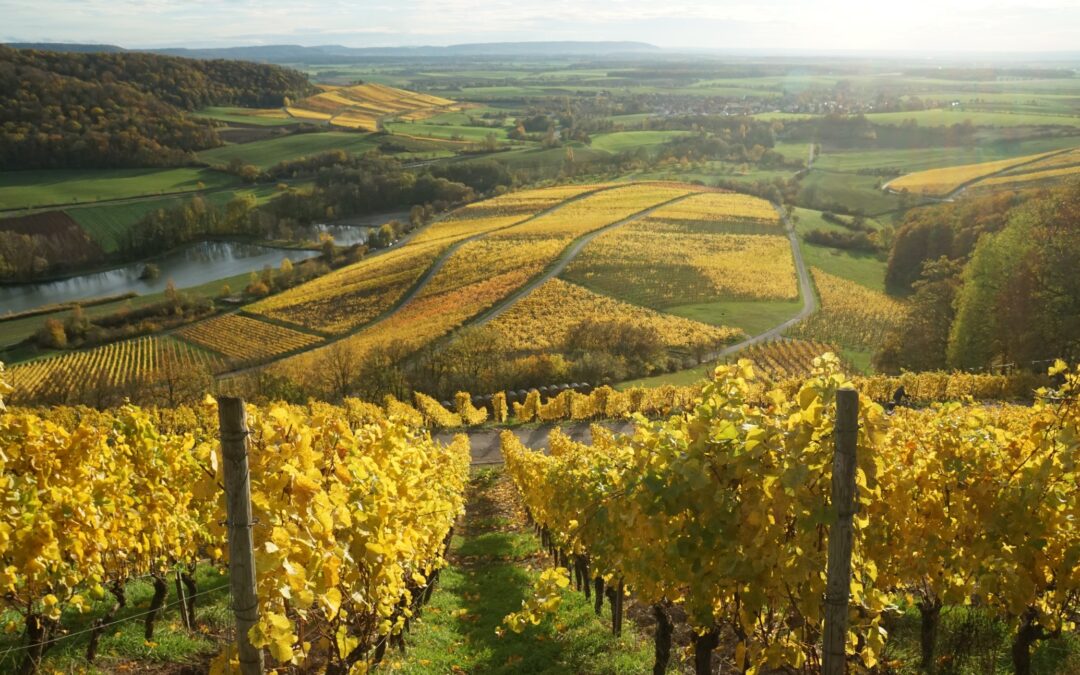
Climate change spells uncertain future for winemakers
Winemakers ride into an uncertain future as climate change spells greater uncertainty for their businesses. Climate...


